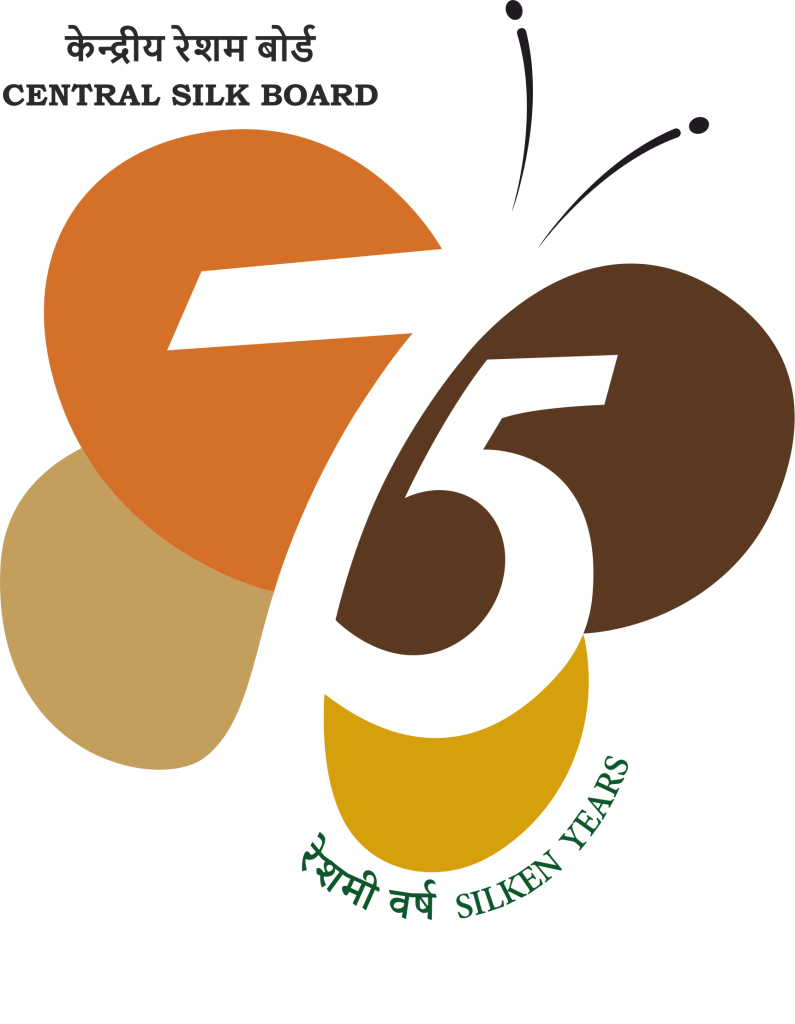All about gharchola
Gharchola sarees are traditionally made in the Khambhat region of Gujarat. Literally translated, gharchola means women�s house wear. However, that�s a bit of a misnomer, as they are often worn during weddings, religious ceremonies, and other occasions. The entire body of such a saree is has checkered patterns, with beautiful tie and dye (bandhani) designs within them.
A typical gharchola saree is marked by the large zari checks � 12 section patterns are called �bar bagh,� and the 52 section patterns are known as �baavan bagh.� Each square encloses a motif, most commonly elephants, dolls, peacocks, human figures, and flowers. When the saree incorporates more than two colours, the design is known as �phulwari,� which means garden. If the saree is dominated by animal motifs, it is called a �shikari� design, which translates to hunter motif.
There are two types of gharchola sarees available � those which use gold thread for the zari work, and those that use plain thread. Predictably, the sarees that incorporate gold zari designs are relatively expensive, and are usually worn by the more affluent members of society. Gharcholas are primarily red, with yellow and white dots, although green gharchola sarees are also made on customer request.
Khambhat � the home of the gharchola saree
Khambhat, part of the Anand district in Gujarat, was once the capital of Cambay State, a princely state of British India. In its prime, Khambhat was a flourishing city that served as a major port and trading centre. Unfortunately, the city�s harbour gradually silted up, resulting in the death of its maritime trade. The only industries that survive today are handloom weaving and the cutting and polishing of precious and semi-precious stones. Only 300 weavers and their families, equipped with 200 pit and frame looms, keep the tradition of making gharchola sarees alive.
The making of a gharchola saree is a complicated and time intensive process. It takes the weaver approximately a week to arrange the loom and complete all the necessary preparations, and another six days or so to complete the weaving. If the saree is to have a double checkered pattern, the weaving process could take up to 12 days. If it�s a plain body weave, the weaving process takes only around three days.
While the weaving and tying work is done in Khambhat, the sarees are sometimes sent to Jamnagar for dyeing and block printing, where the superior water quality allows for brighter and better colour shades. While the art of making gharchola sarees originated in Khambhat, the practice has now spread to other clusters like Joravarnagar and Kataria, in the Surendranagar district.
Saving the gharchola
The demand for gharchola sarees is gradually declining. This is due to a combination of factors like lack of market promotion, design development, and product diversification. In addition to this, the use of duplicate silk yarn, and stiff competition from the more intricately designed Benarasi sarees also play a part in the decline in demand.
Despite all of this, gharchola sarees are still a vital part of many ceremonies, and maintain their symbolic value. The need of the hour is to extend encouragement and support to the weavers who are keen to produce sarees with newer and more attractive designs. There are various central and state sponsored schemes available to offer support, but widespread awareness is lacking.
The Gujarat State Handloom and Handicraft Development Corporation has conducted a diagnostic study of the Khambhat area, and is extending support under the Cluster Development Programme to help save this art form of saree-making. Central Silk Board, Ministry of Textiles, Govt. of India has various schemes for the weaving and wet processing sector, and an awareness programme was organised at Khambhat to explain them. Schemes like Loom Upgradation, CATD, and Yarn Dyeing would definitely boost the the importance of authencity in silk.


